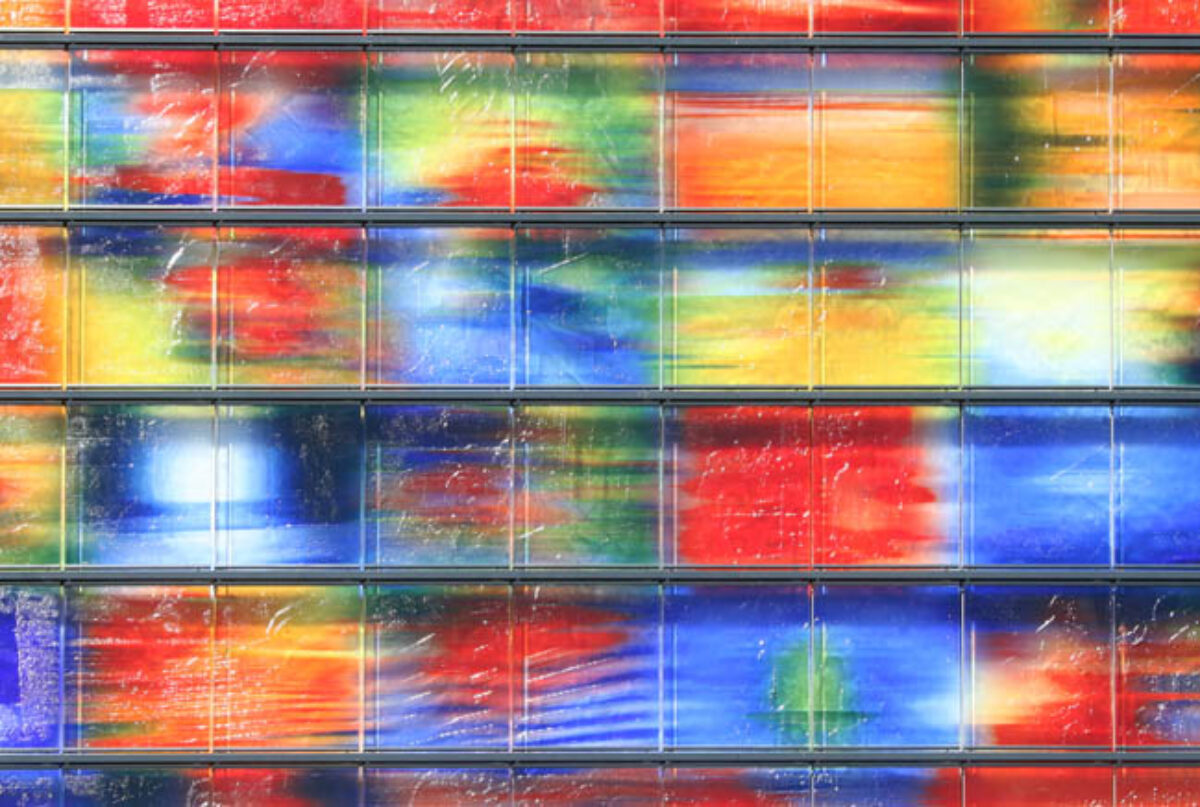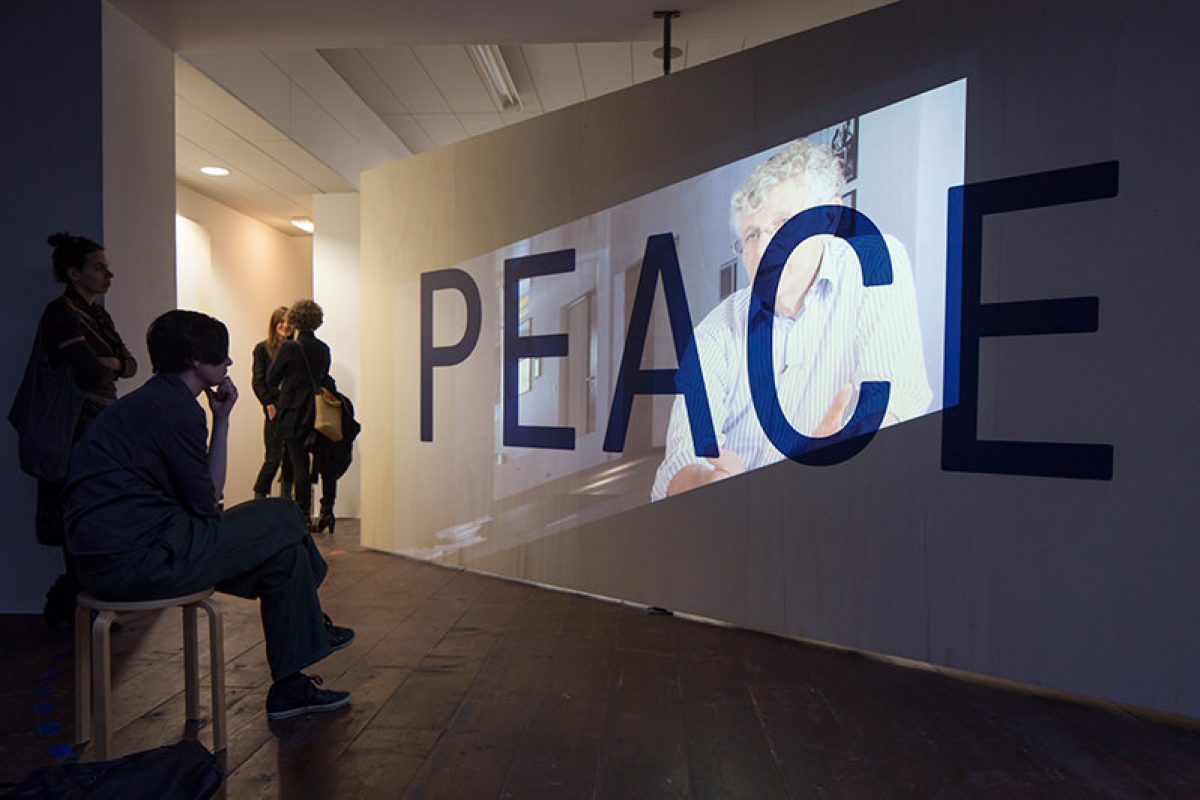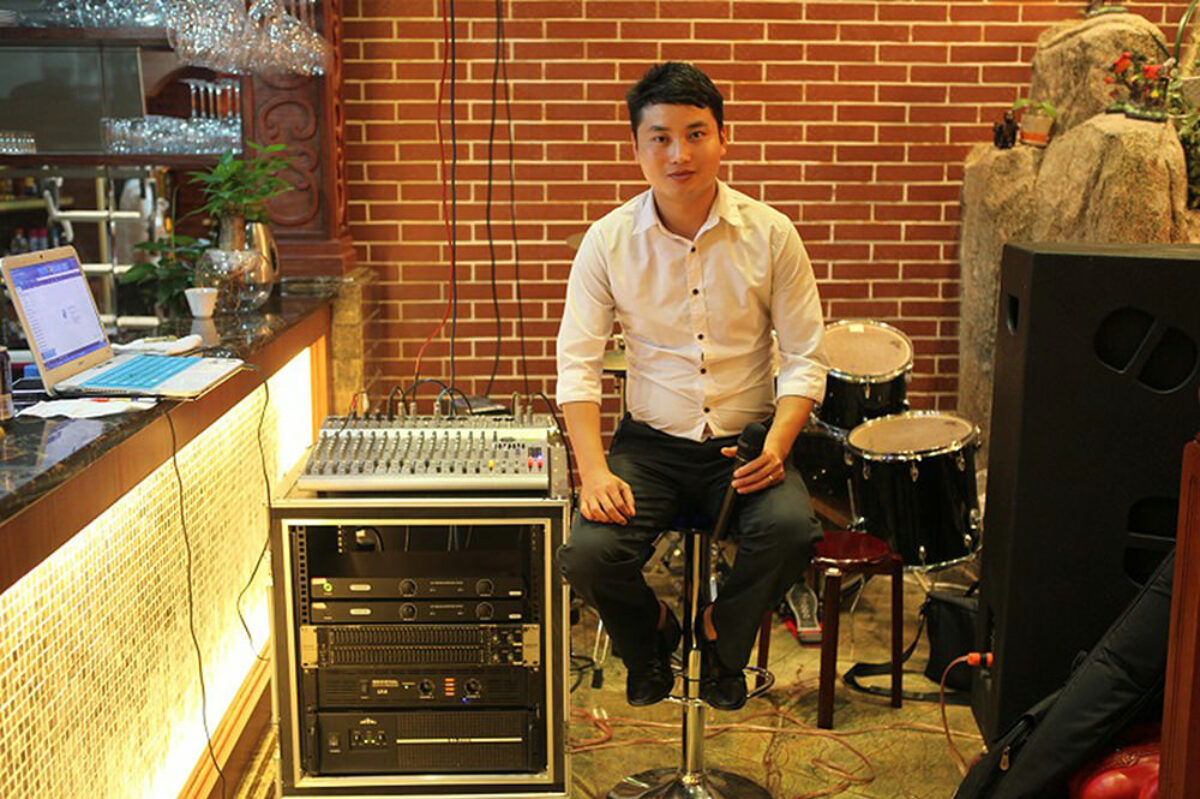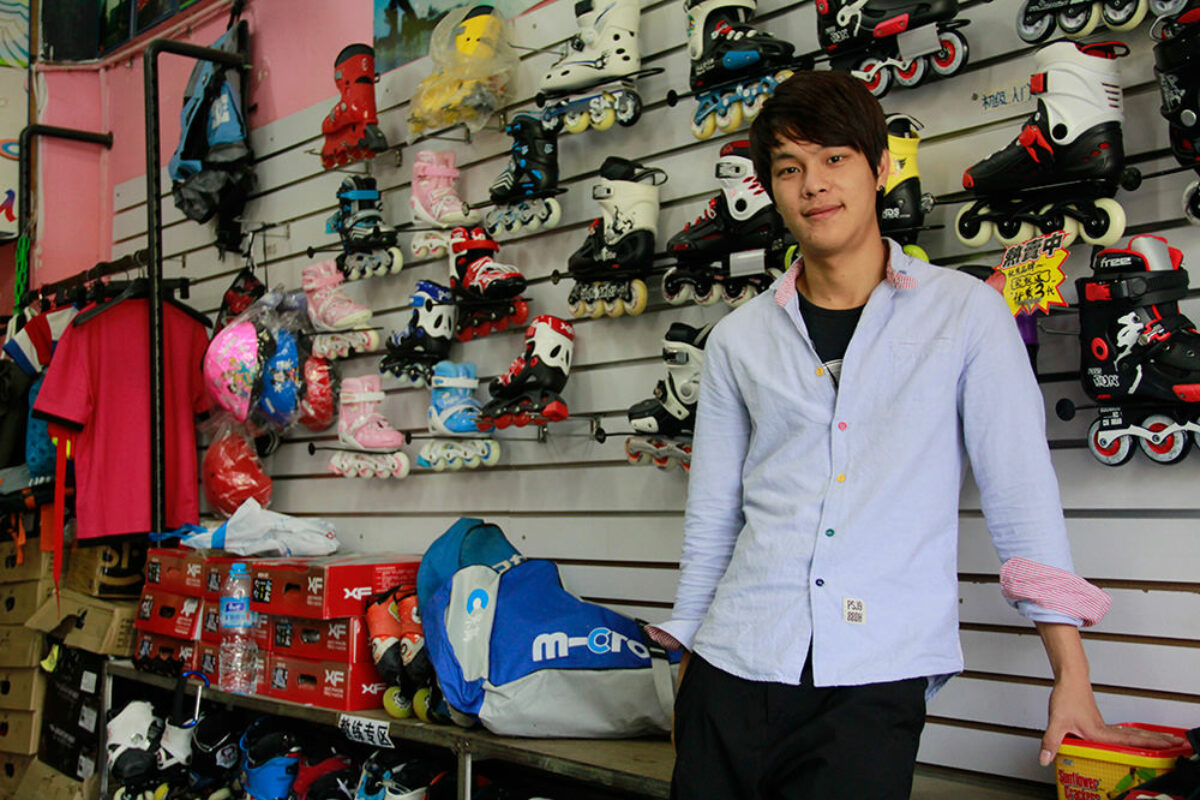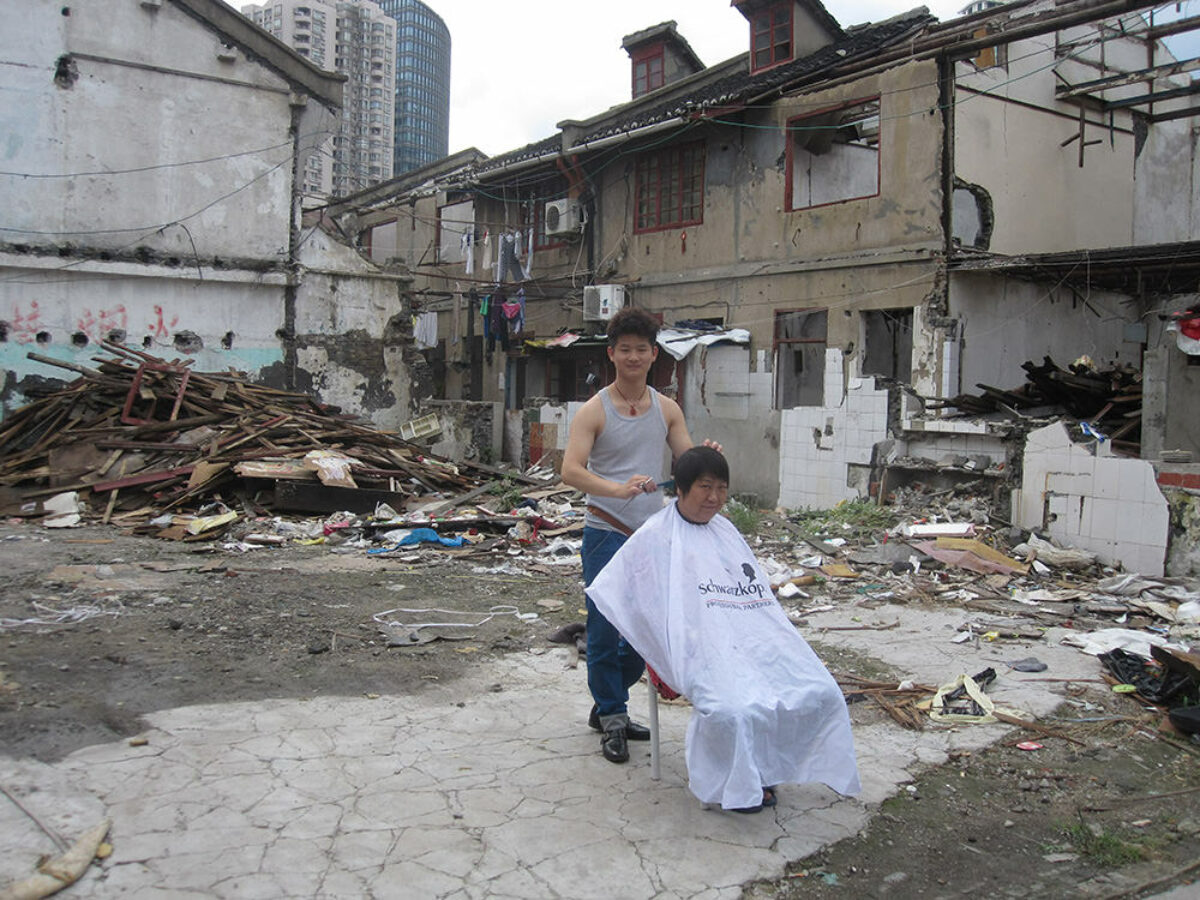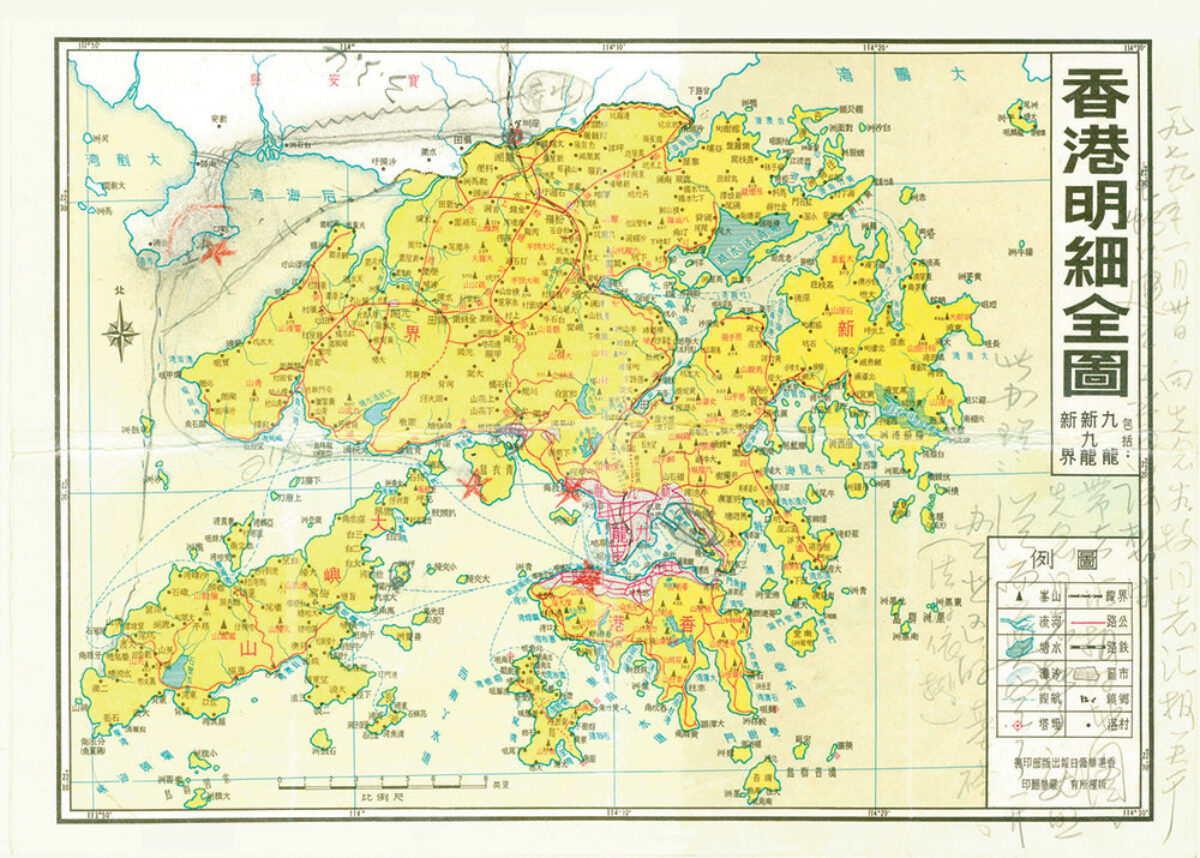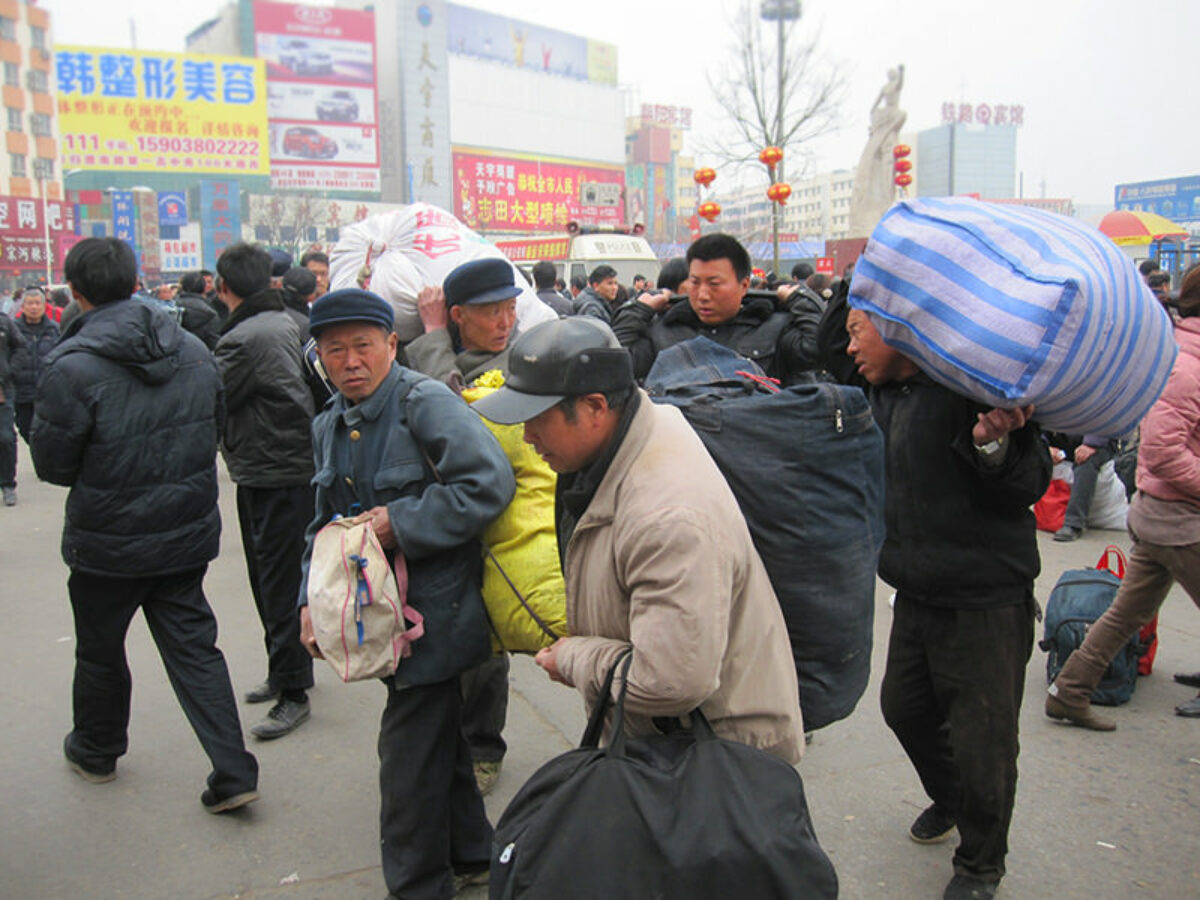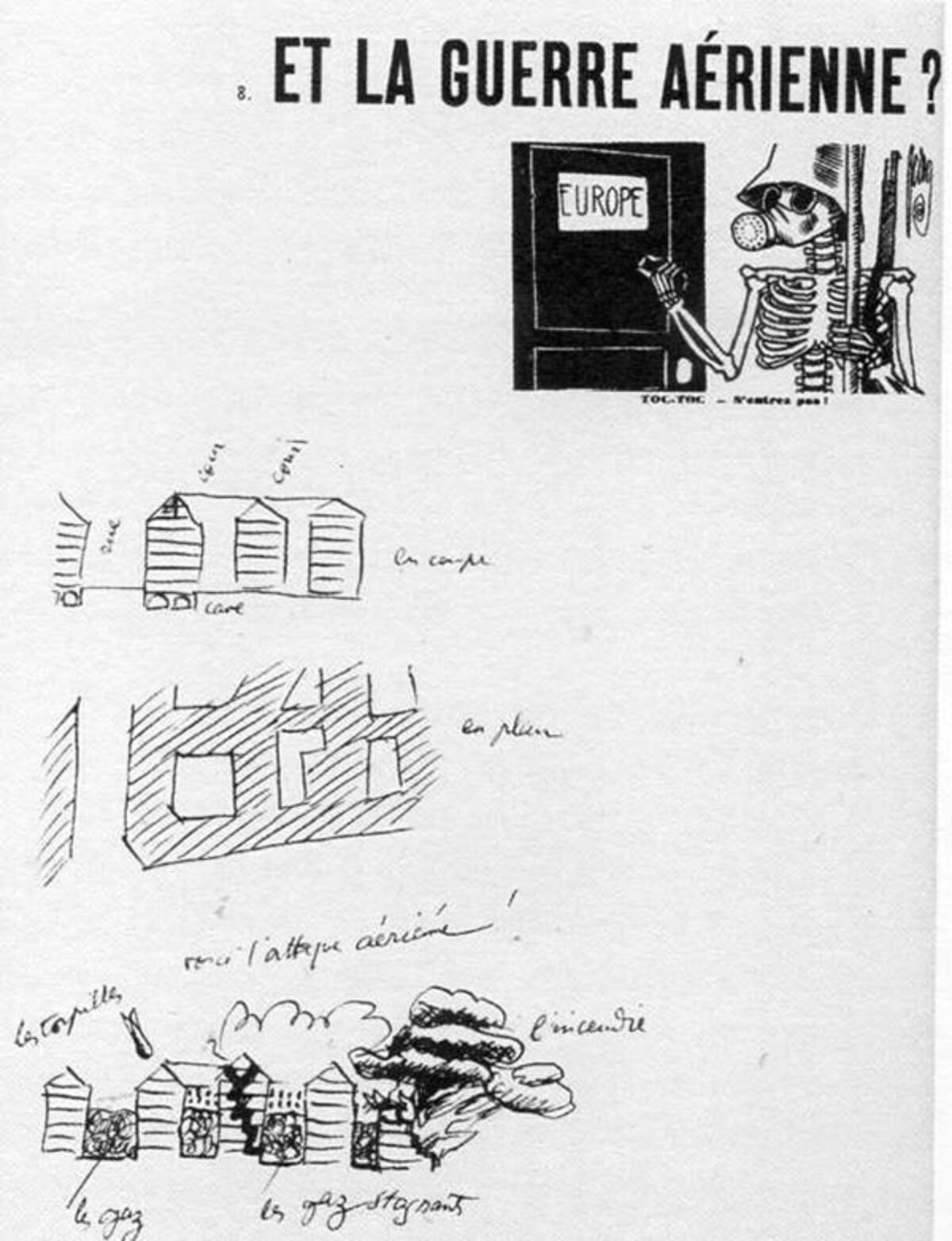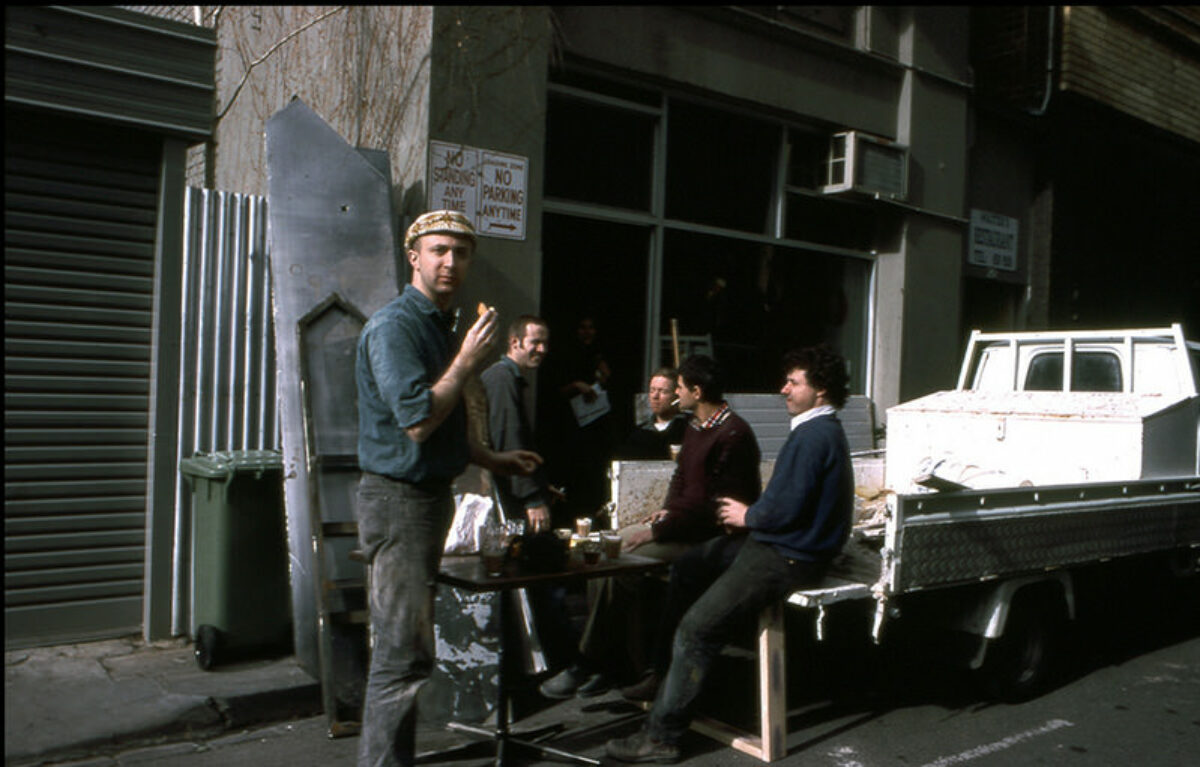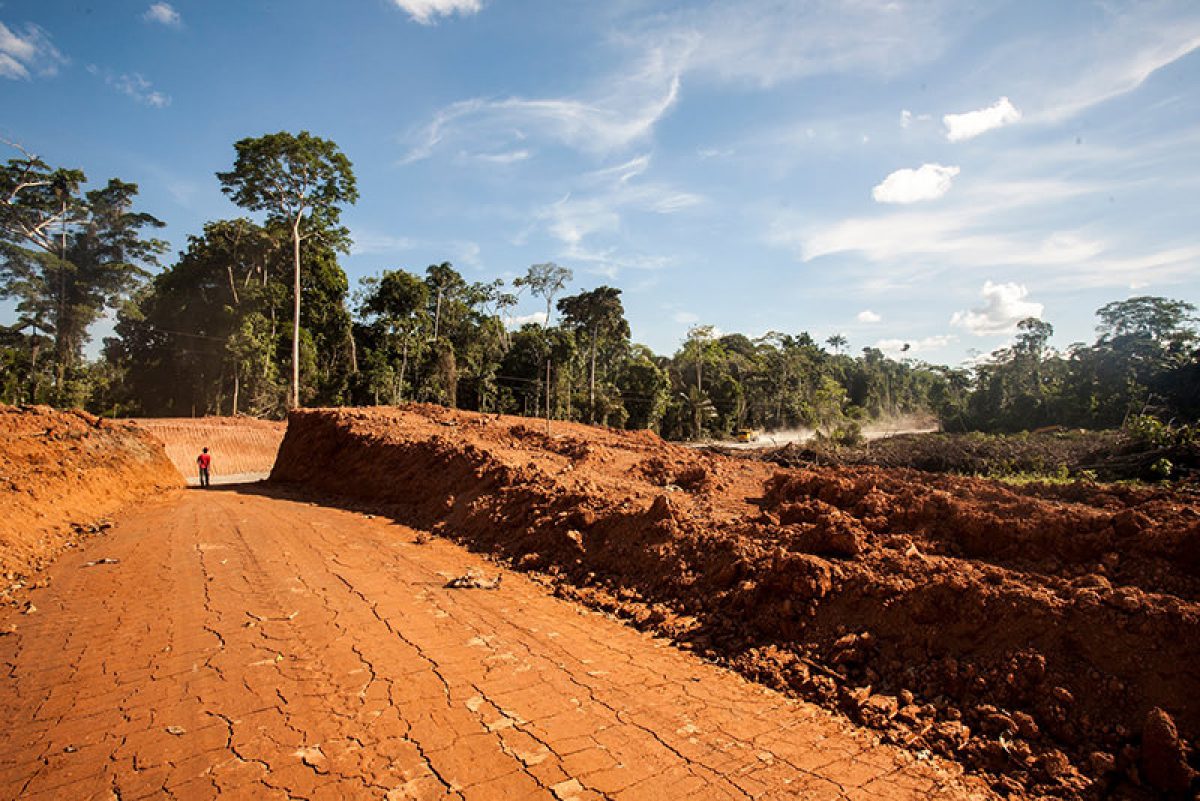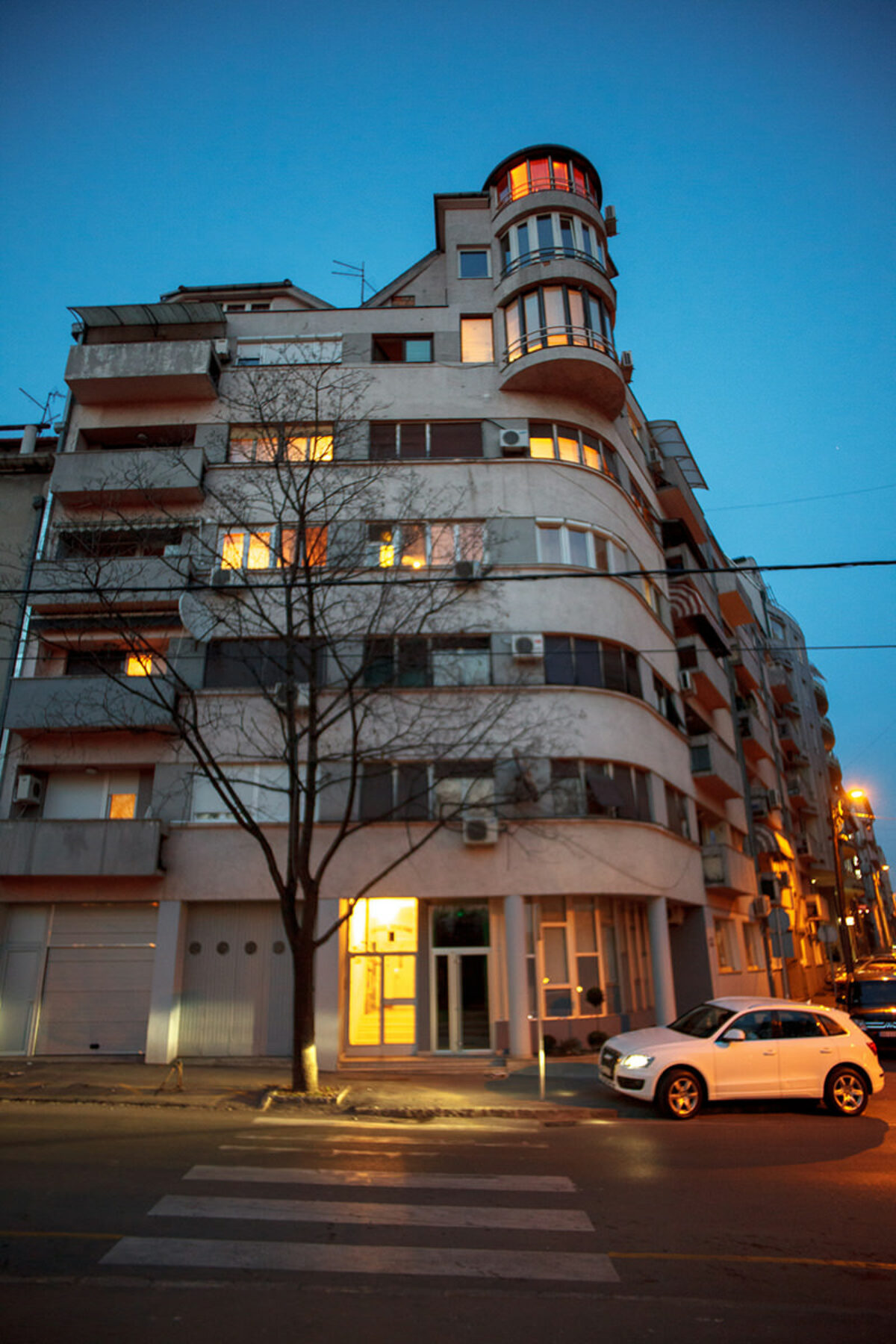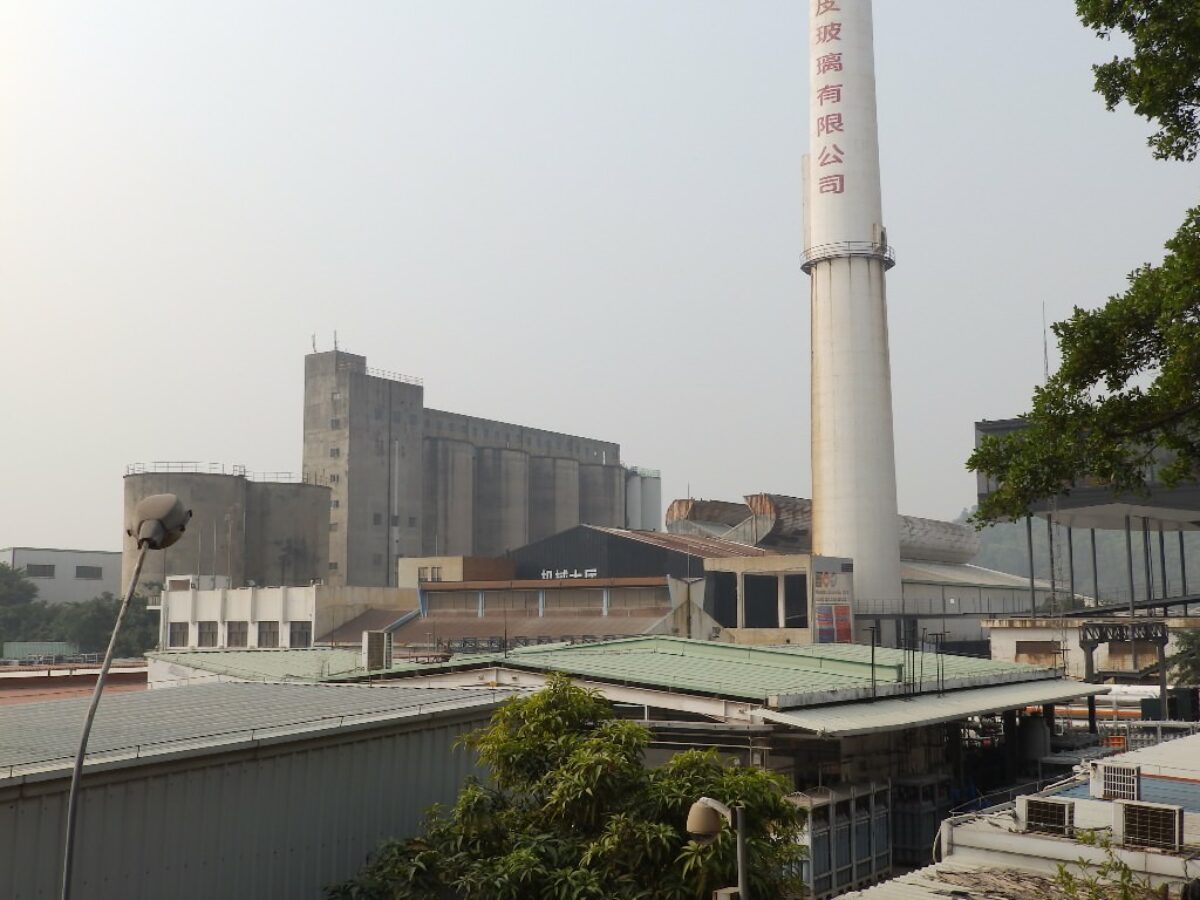What is essential about the work of Neutelings Riedijk is its plain weirdness. The two aspects of this definition are essential. The use of form and materials that are familiar, simple, and sometimes even primitive grounds the strangeness, the baroque involutions, and the haunting quality that gives the work its power. These architects know how to mine the vernacular to find within it the material that both grounds us and connects us to something bigger, stranger, and older than we are. Their buildings use this basis to teeter between abstraction and reference, creating a blur that allows us to intuit forms, images and spaces that the designers only imply. Finally, Neutelings Riedijk’s buildings become stages on which we can act out the roles to which we would like to become accustomed, sometimes as masques in which both the structures and we are actors, and sometimes directly, when the buildings’ interiors become, more often than not, stages.
There is an intimate relation between conflict and change. Archis’ Architecture of Peace research suggests that the ambition to create a better society on the ruins of the past comes with unforeseen effects, creating situations that are disrupting in many ways. The story of ‘the West’ coming to rescue and help other cultures isn’t positive throughout. It seems that we’re still stuck in concepts that already during WWII manifested as guiding principles. A book on the planning history during that period sheds (a relative) new light on the matter.
